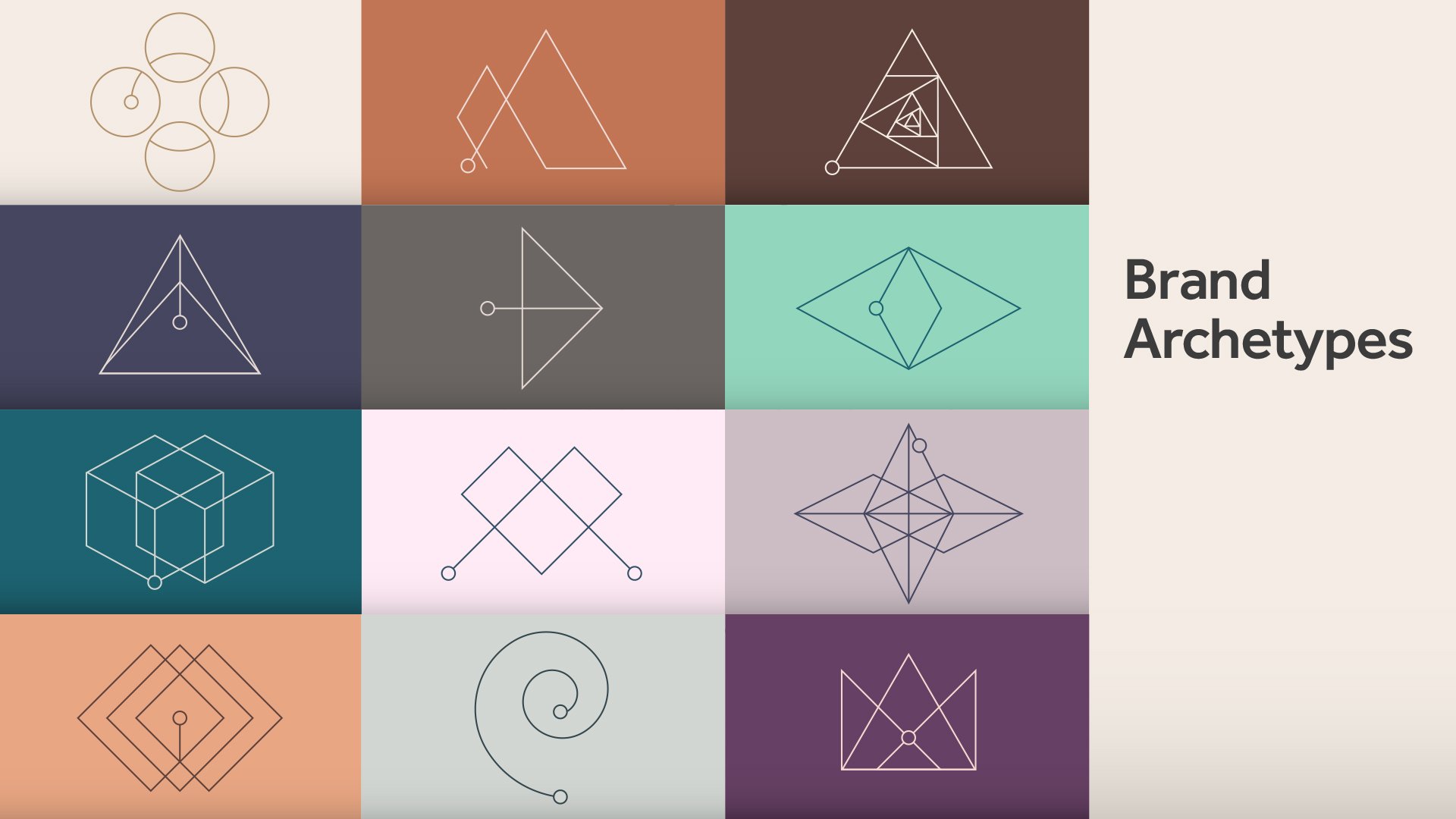
A Guide to Brand Archetypes
Written by Brett Rakestraw
Anyone involved with branding knows that we are well past the era where knowledge of a product or service is enough to build a brand on. It’s no longer about what the products are, how they work, or how they are different than their competitors, as much as it is about generating meaning when it comes to building a brand.
“Doing” has been replaced with “feeling.” And, the “hows” and “whats” for products and brands have been replaced with the “whys.” This has transitioned branding from a cerebral exercise to an emotional one. Brands have to embody concepts and ideas that humans can understand on a primal level, where emotional decisions are made that are much stronger and more authentic than the shallow, transactional decisions made around purchasing the least expensive or easiest to find products.
Brands must tell stories. As with any great story throughout history, these stories must have strong central characters. It is the realization of these brand characters that audiences and consumers connect with, learn from, champion, and defend … as they would a friend, a colleague, or a family member.
But, how do you build a character for your brand? Let’s start with what we know from philosophy, psychology, anthropology, and art.
The History of Archetypes
If you go all the way back to Plato, you find his theory of forms. In this theory, Plato lays out that forms exist not just in the physical makeup of an object, but in the essence of what an object or idea represents. It is the fundamental characteristic of a thing that makes up its form.
And, these “characteristics” are often not defined universally and concretely like weight or shape. They are instead ideas of meaning that we use to convey feelings. Think beauty, wisdom, wit, strength, or comfort.
The renowned phycologist, Carl Yung, believed that these concepts are represented in our collective unconscious from innate nonspecific knowledge throughout history. And, as these concepts pertain to people or the idea of “character,” they can be combined to form archetypal figures. Jungian archetypal examples include the mother, the child, the trickster, and the hero, among others.
Famed professor and writer, Joseph Campbell borrowed heavily from Jung as he outlined 8 main character archetypes that he believed appeared in almost all stories from mythology to modern movies, in his book “The Hero with a Thousand Faces.” His concepts of character archetypes in this book have been referenced by countless artists and creatives, including most notoriously by George Lucas as an inspiration for the Star Wars movies and the characters within those stories.
In 2001, author Carol Pearson and brand expert Margaret Mark connected these concepts of form and archetypal figures to brands and the framework of branding. Through their work, they outlined 12 brand character archetypes. Each with its own unique place in the collective unconscious, and each as a solid foundation on which to build a brand identity.
Let’s dive into these 12 archetypes to see how they help define the brands we love and how they may help define your brand.
The 12 Brand Archetypes
As we dig into these archetypes and what they represent, it’s important to remember that a brand, just like a person or a character, can’t be all things. While some elements of multiple archetypes may exist within your brand, the key to successful brand building through archetypes is to choose one that most closely aligns with your brand ideals, goals, and voice, and to incorporate that archetype in an authentic way as you make decisions around your brand.
Once you have an archetype defined for your brand, all stakeholders in brand decisions should reference the archetype and make decisions in congruence with that archetype. In other words, as you develop your brand as a character, you should avoid “uncharacteristic” decision making.
The Innocent
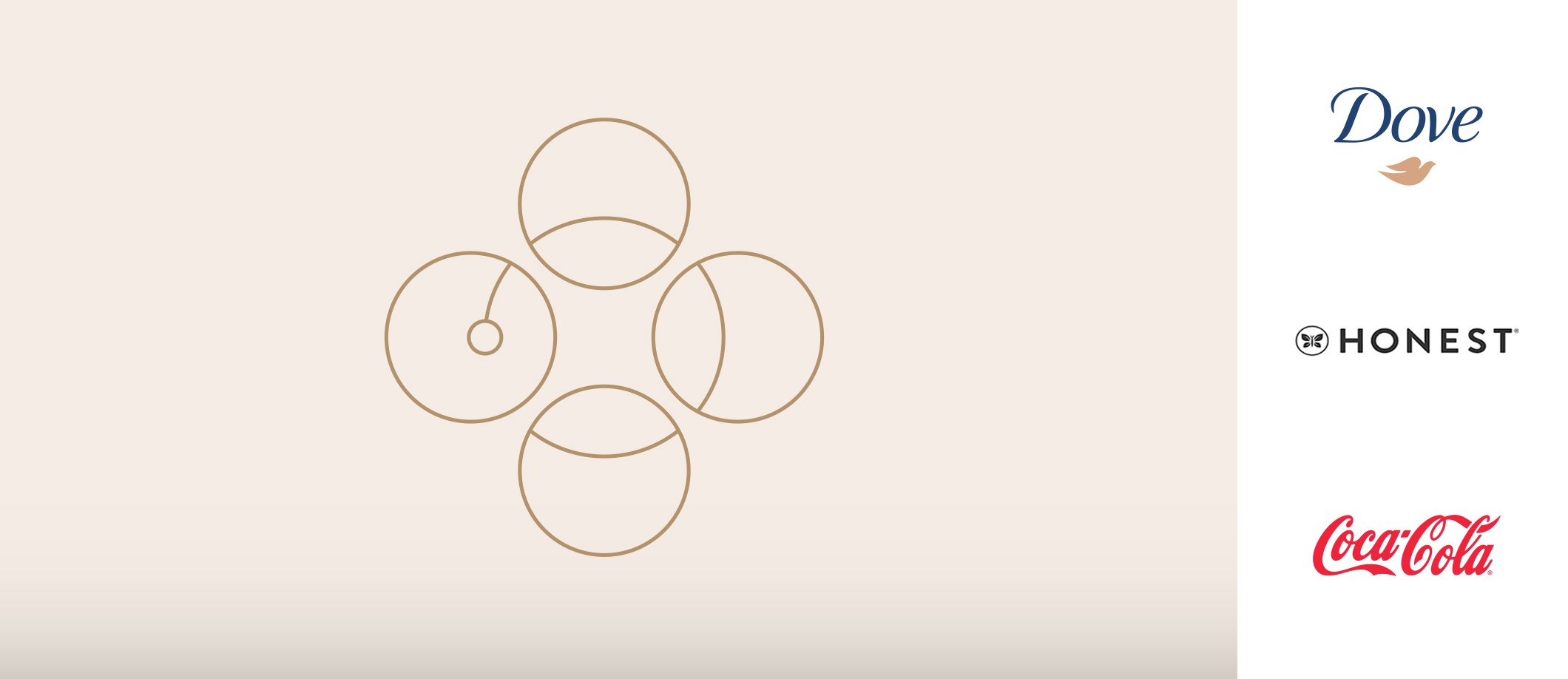
The archetype of the Innocent is built on the idea of simplicity, stability, and safety. It suggests that the road to happiness need not be challenging or unsettling but be filled with optimism and positivity.
Innocent brands are often interested in stripping away complex ideas and appealing to the most basic ideals. They are often seen as wholesome or pure. They are sometimes about nostalgia and “the way things were” when there are positive associations with the past.
The Explorer
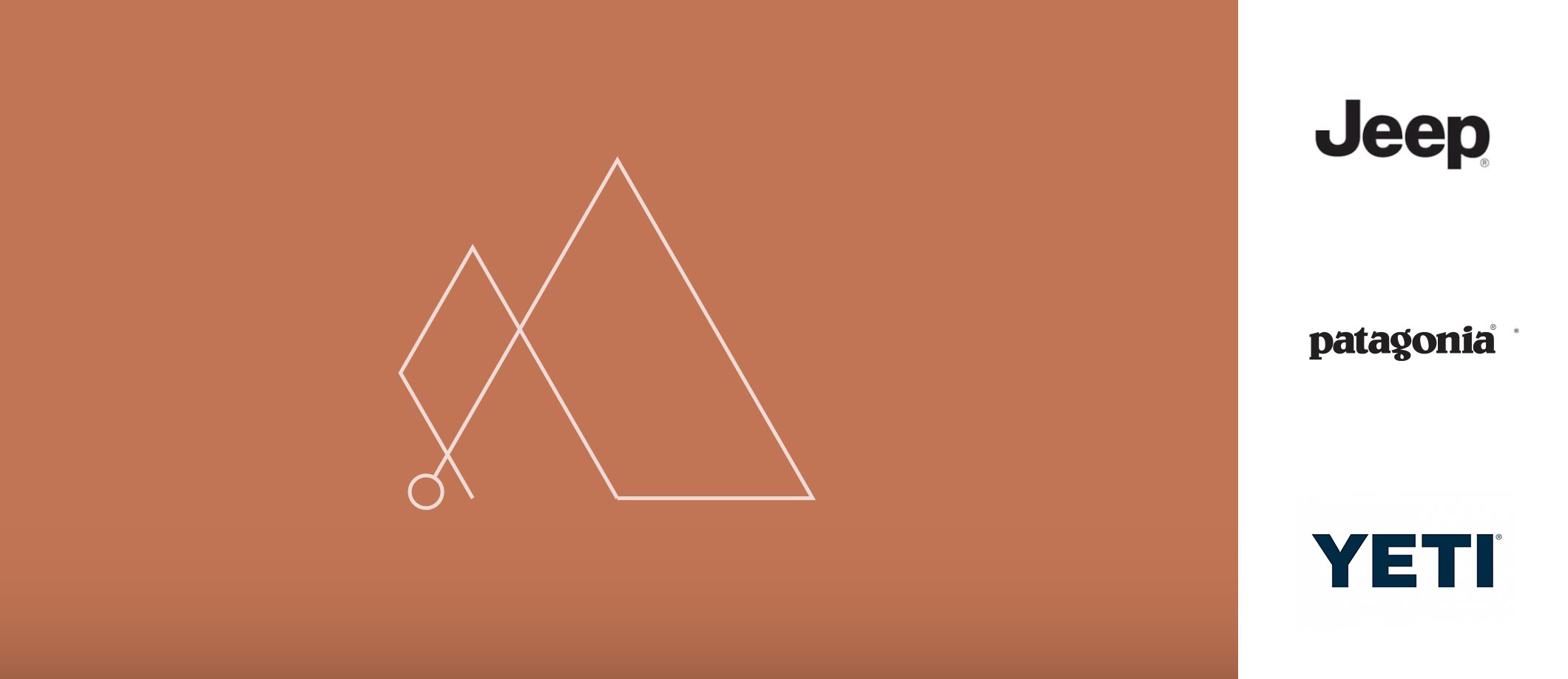
Freedom and excitement are both fundamental to the archetype of the Explorer. Where the Innocent archetype is there to give simple answers, the Explorer invites us to go find them ourselves. Sometimes the road is hard, but that in itself is exhilarating to the Explorer. After all, life is a journey, so we might as well embrace it.
Explorer brands are often related to the outdoors and nature. They are about individualism and taking on life head-on. They challenge notions of apathy and laziness. They are the go-getters of the brand world.
The Sage
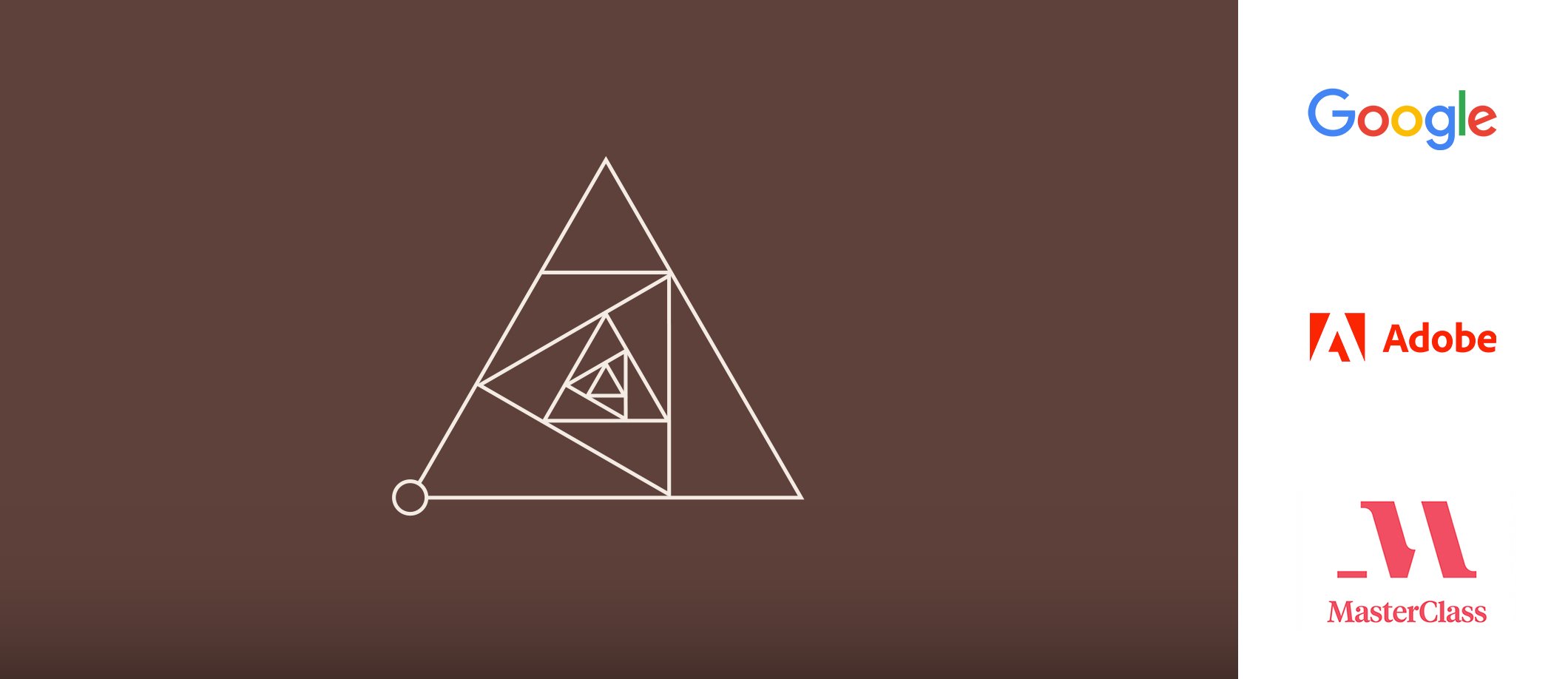
The Sage exists to help make sense of the world around us. It holds answers, but it shares those answers in ways that entice us to dig deeper. The Sage can point us in the right direction and can ignite a new passion in us. But, they are ultimately guides, assisting us on your journey, not replacing it.
Sage brands are generally knowledge brands. Wisdom and expertise are key to the archetype of the Sage. A brand built around the Sage archetype must focus on giving valuable information, and igniting the curiosity in all of us.
The Hero

In order to be a Hero, a brand must lead by example. Determination, bravery, and perseverance make up the Hero archetype. The Hero doesn’t just embrace fear, it conquers it. It takes adversity as a challenge, and it feels like there is nothing the Hero can’t overcome.
Hero brands nurture our hidden strength, they challenge our own notions of what we can do, and they inspire us to try harder and achieve more.
The Outlaw
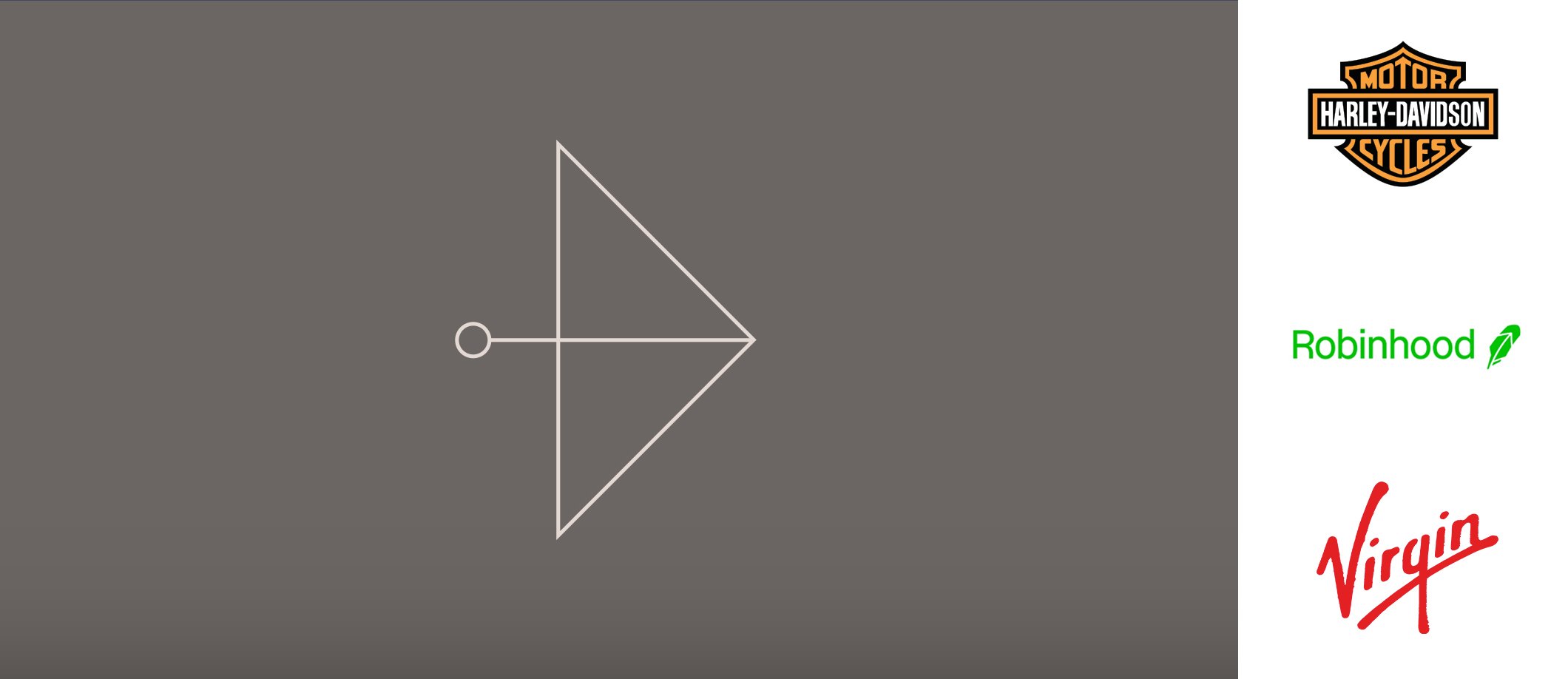
The Outlaw archetype conjures a sense of rebellion. The Outlaw might promote a journey like the Explorer, it might encourage conquering fears like The Hero, but what makes the Outlaw different is the bucking of authority. The Outlaw doesn’t make rules, it breaks them.
Sometimes Outlaws just break the rules to add excitement to our lives, but sometimes they are revolutionaries, challenging us into different ways of thinking and interacting with our worlds. Outlaws can be polarizing, but they are also incredibly effective at drawing in those who are tired of the status quo.
The Magician
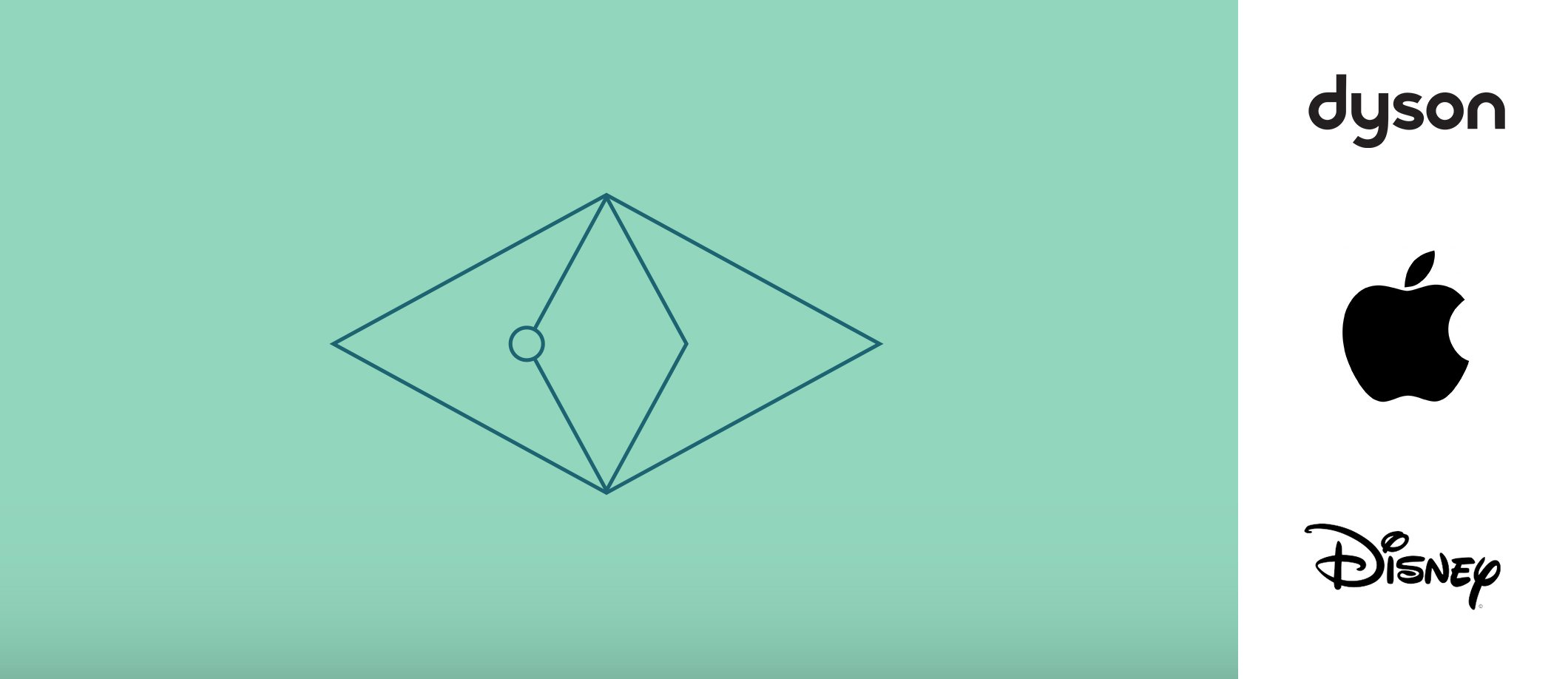
No brand archetype evokes a sense of wonder like that of the Magician. We all want to believe in magic and the best Magician brands make us believe. These brands are full of surprises. They are generally creative in nature, and they are just as often innovative. Where the Outlaw conquers the status quo by breaking rules and the Hero does it through perseverance, the Magician does it through wit, charm, and innovation.
Magician brands “wow” us and make us accept the things that can’t always be easily explained. They often give us a vision of the future that we couldn’t comprehend before, and they invite us to take part in that future today.
The Regular Guy/Gal
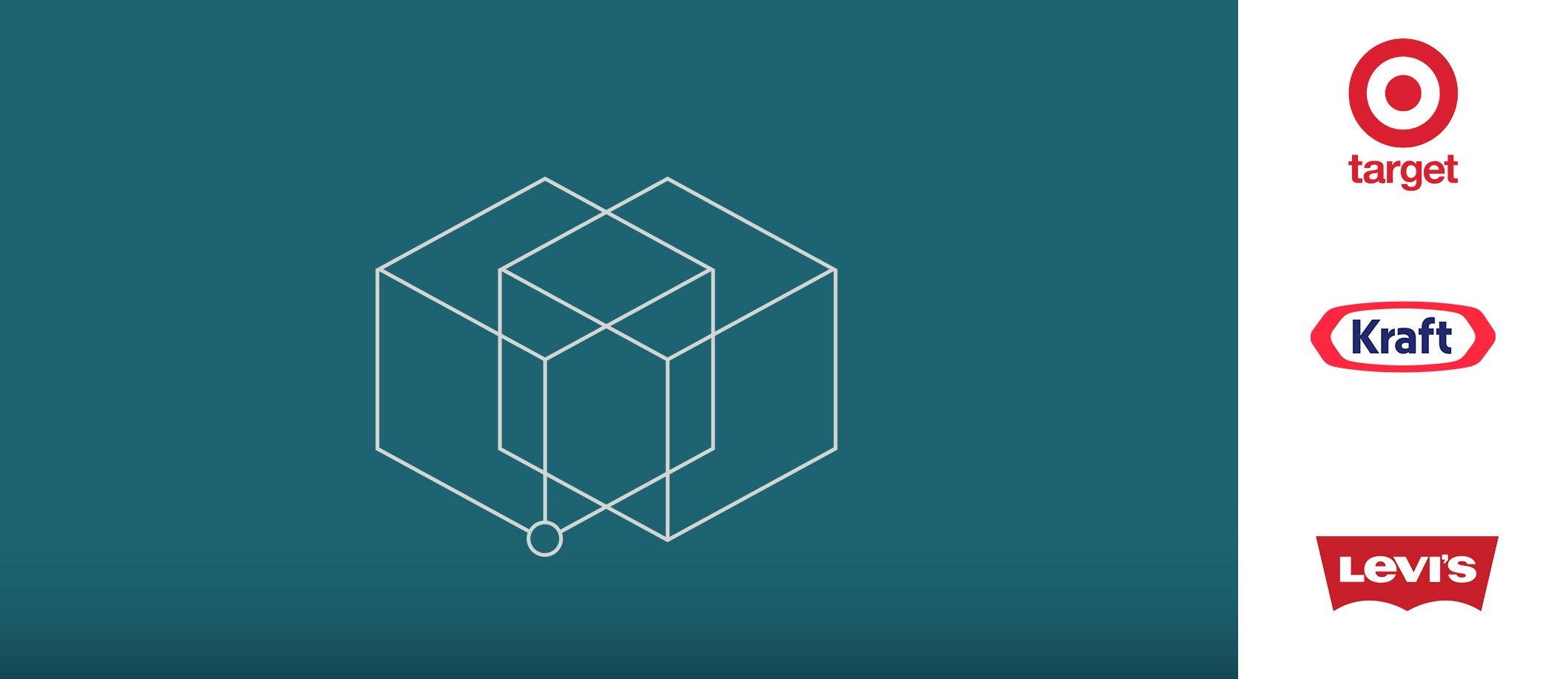
Sometimes, a brand doesn’t exist to challenge the status quo. It doesn’t need to change our views, push us to extremes, or blow our minds. Sometimes, a brand can just fit into our lives. The Regular Guy/Gal archetype is all about inclusion, connection, and comfort.
The Regular Guy/Gal is a steadfast companion. It’s a go-to, reliable, and easy to understand. While we are often drawn towards surprising or challenging brand archetypes, we also need these Regular brands to ground us and make us feel at ease.
The Lover

When it comes to passion, the Lover rules them all. Brands that follow the Lover archetype promote elegance, indulgence, sometimes opulence, and always the power of love. They make us feel special. They excite our senses, and they stimulate parts of our brains that are often overlooked.
Brands that make us feel better about ourselves, or sometimes just make us feel better, often fall into the Lover archetype. Think chocolate, makeup, and luxury products that pamper us.
The Jester
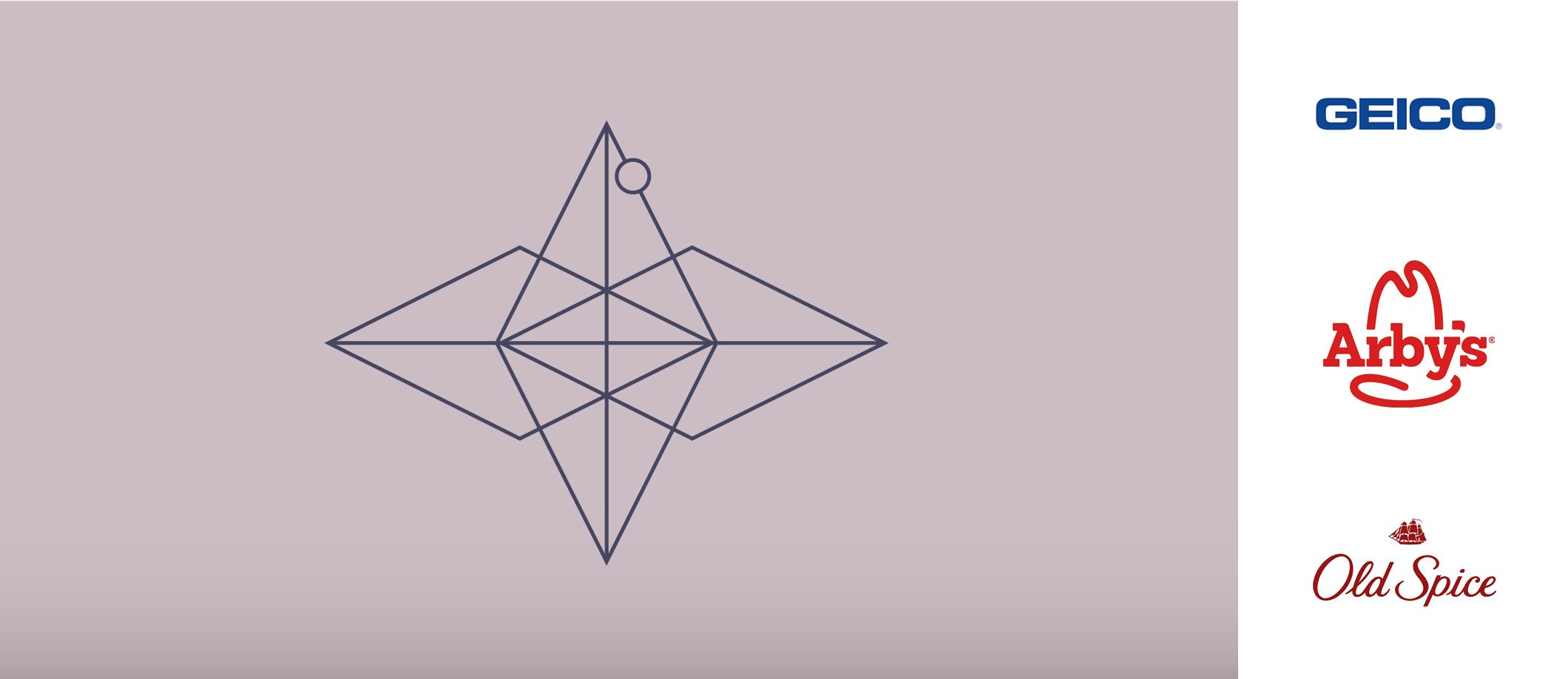
Jesters are playful and fun. They make us laugh, and they relieve our worries. Jester brands exist to do the same thing. The Jester believes that joy is a key component to our overall happiness and that connections are made on our shared experiences of joy.
Jester brands sometimes break the rules just like Outlaws, but Jesters make it fun to do so. They remain optimistic, and they keep on the sunny side of life, reminding us that it’s okay to have fun and laugh at ourselves, even when things can be confusing in the world around us.
The Caregiver
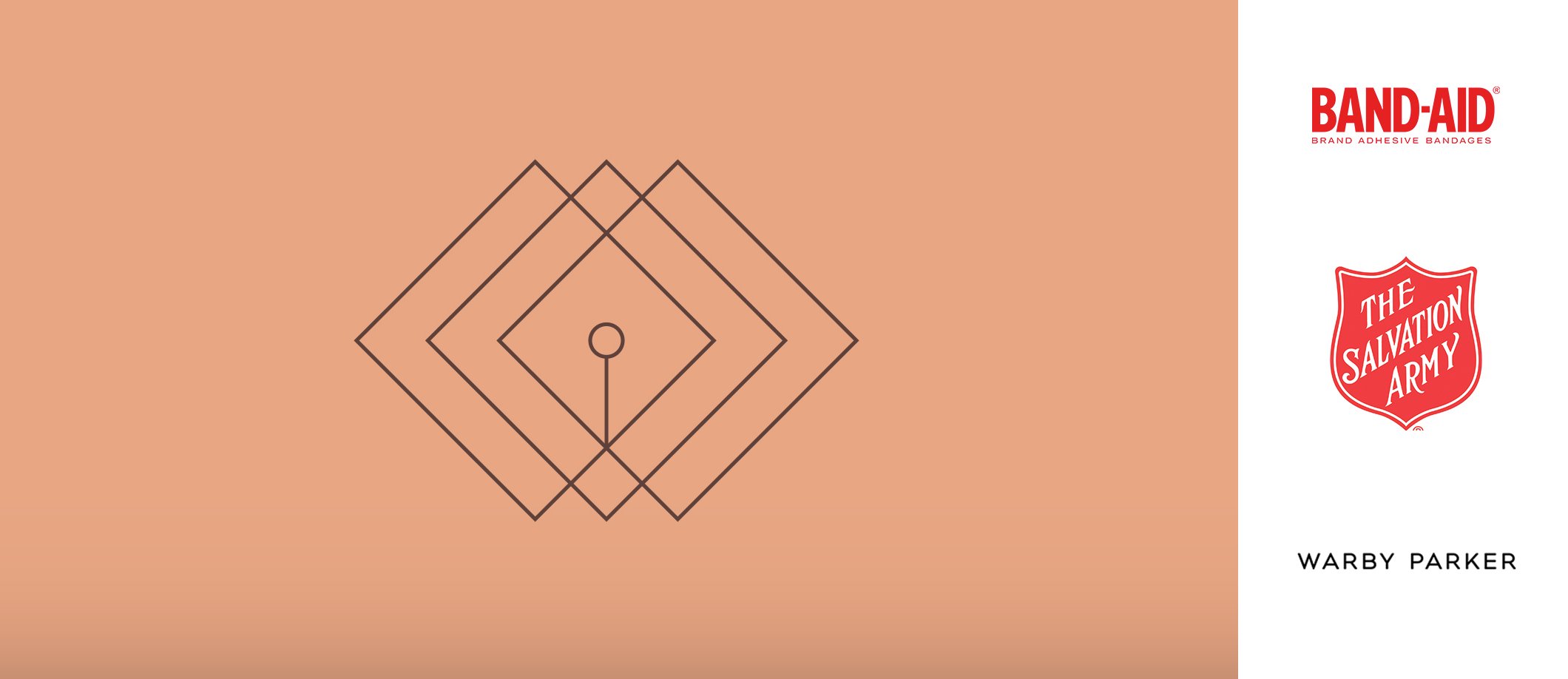
Like the name suggests, brands under the Caregiver archetype exist to help and support us. They are selfless, compassionate, and generous. Caregiver brands comfort us. They not only make us feel better, they often make us feel better about ourselves.
The classic caregiver brands make their customers feel supported, but modern caregiver brands often support others, making us all feel like we are making the world a better place when we support them.
The Creator

Much like the Magician, the Creator archetype is all about innovation and the creative spirit. But, where the Magician evokes a mystic quality around its innovation, the Creator archetype puts the audience at the center of the experience. Creator brands want to introduce something new to the world, but they want to do it with the help of their customers.
Creator brands are often tools built for executing a vision. The outcomes are in the hands of the customer or the audience. The Creator brand just wants to help make that outcome a reality.
The Ruler
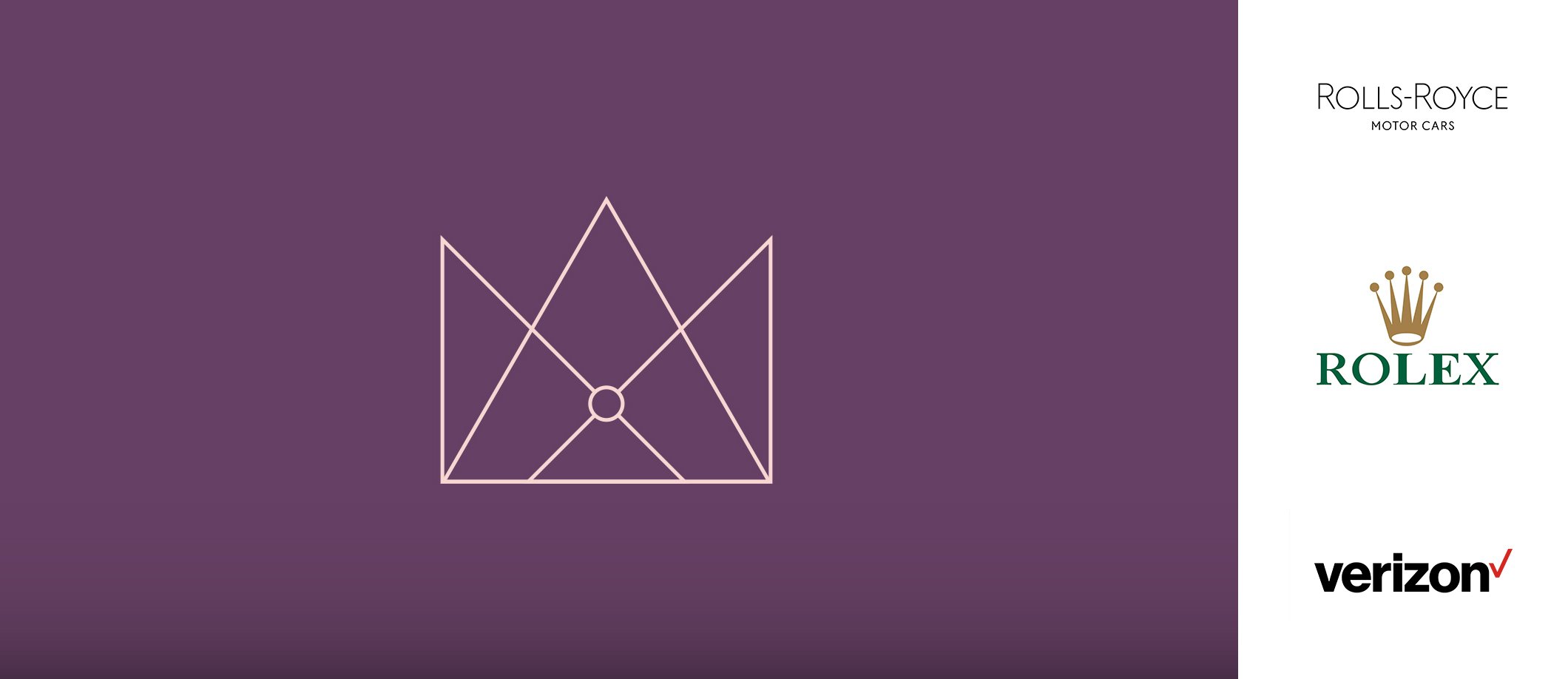
If the Outlaw is the opposite of authority, the Ruler is the epitome of authority. Brands that represent the Ruler archetype focus on concepts of power, prosperity, and success. They take pride in being the best, even when they are unattainable. In fact, Ruler brands are usually ubiquitous in the market or they are exclusive and hard to get.
Ruler brands are confident, established, and sought after. They often represent a sense of status amongst their customers. Ruler archetypes are best infused in existing brands with large market shares or premium products. It’s hard to be a Ruler when your brand is largely unknown and untested.
What Archetype is Your Brand?
Brand archetypes can be incredibly useful in identifying the personality of your brand and in decision making across everything from visual identity to messaging and product decisions.
They fit naturally into the collective unconscious that Jung identified, and they give brands a way to communicate that is consistent and easily identifiable.
If your brand is missing personality, if you are giving off mixed messages, or if you are having trouble connecting your brand with a target audience, consider the brand archetype framework. You might find that your brand’s story unfolds more naturally when you embrace an archetype and work to infuse that archetype into every decision the brand makes. Or feel free to reach out to see if we can help you strategize that messaging.
Visit more Elevation content on rebrands and brand refreshes here.
Topics: rebrand/refresh development
